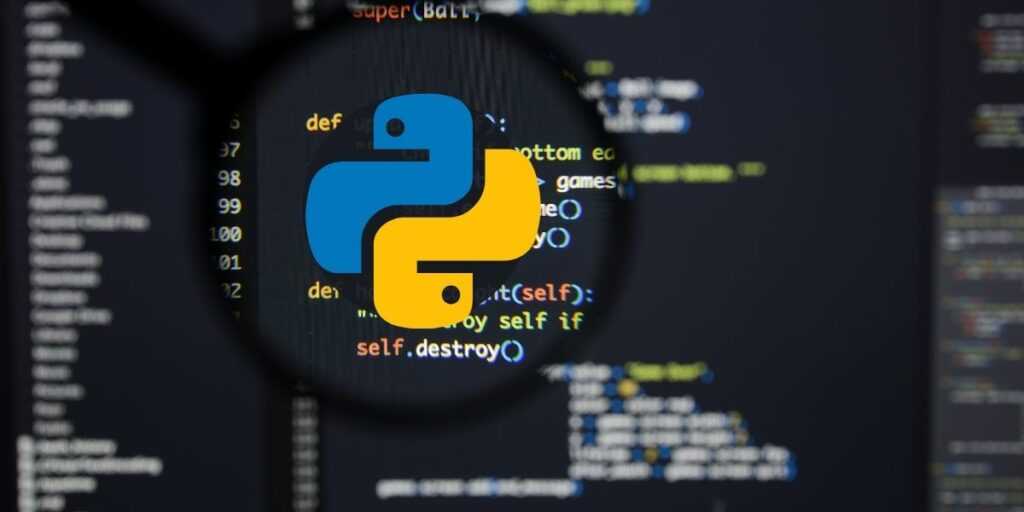Personal Career & Learning Guide for Data Analyst, Data Engineer and Data Scientist
In business analytics, data is often vast and complex, making it difficult to extract the information you need. That’s where the filter function comes in – it’s a powerful tool for filtering through large amounts of data and finding specific elements that meet certain criteria.
The filter function is a built-in function in Python, and it takes two arguments: a function and an iterable (such as a list or a string). The filter function applies the function to each element in the iterable, and returns a new iterable containing only the elements for which the function returned True.
For example, let’s say you have a list of numbers, and you want to extract only the even numbers. You could create a function that checks if a number is even, and then use the filter function to apply that function to each number in the list. The filter function would then return a new list containing only the even numbers.
In business analytics, the filter function can be used to extract specific data points from large datasets. For example, you might use the filter function to extract only the customers who made a purchase in the last month, or only the sales transactions that took place in a certain region.
The filter function is especially useful when combined with other Python functions, such as map and reduce. These functions can be used to perform complex operations on data, and the filter function can be used to extract only the relevant data points.
One advantage of the filter function is that it is highly efficient. Because it only returns the elements that meet the specified criteria, it can significantly reduce the amount of data that needs to be processed, saving time and resources.
Another advantage of the filter function is that it is easy to use and understand. With just a few lines of code, you can quickly filter through large amounts of data, and extract the information you need to make informed business decisions.
In summary, the filter function is a powerful and versatile tool for business analytics. Whether you’re working with large datasets, or simply need to extract specific elements from a list, the filter function is an indispensable tool that can help you quickly and efficiently find the information you need.
Python for Business Analytics – Filter
 Loading...
Loading...
Latest end-to-end Learn by Coding Projects (Jupyter Notebooks) in Python and R:
All Notebooks in One Bundle: Data Science Recipes and Examples in Python & R.
End-to-End Python Machine Learning Recipes & Examples.
End-to-End R Machine Learning Recipes & Examples.
Applied Statistics with R for Beginners and Business Professionals
Data Science and Machine Learning Projects in Python: Tabular Data Analytics
Data Science and Machine Learning Projects in R: Tabular Data Analytics
Python Machine Learning & Data Science Recipes: Learn by Coding
R Machine Learning & Data Science Recipes: Learn by Coding
Comparing Different Machine Learning Algorithms in Python for Classification (FREE)
There are 2000+ End-to-End Python & R Notebooks are available to build Professional Portfolio as a Data Scientist and/or Machine Learning Specialist. All Notebooks are only $29.95. We would like to request you to have a look at the website for FREE the end-to-end notebooks, and then decide whether you would like to purchase or not.
